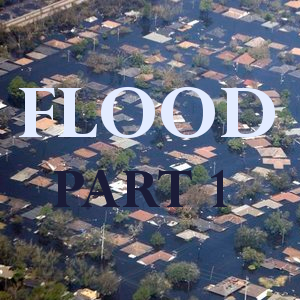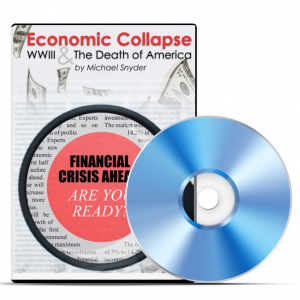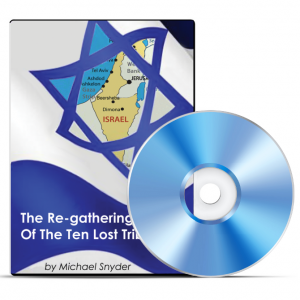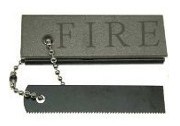Even if you’re not the most informed person around, it is very hard to avoid the news (and more unfortunately, experience) regarding the prevalence of floods all over the world. This is allegedly part and parcel of global warming, in which the higher global temperatures are affecting even the polar ice caps and our weather patterns.
I am not here to argue the causes and the solutions to this alarming environmental trend of global warming, but I do wish to share something about flood preparedness. If you happen to be living just a few kilometers away from a body of water, you should be very concerned about this. Even if you aren’t close to a body of water, strong precipitous weather patterns can also cause flooding just about anywhere on the Earth.
Vigilance against natural disasters and manmade threats are usually pegged as the domain of the “preppers” and survivalists, but I am telling you that everybody should be prepared for these unexpected disasters and emergencies. Focusing back on the flood scenario, I have noted a few important preparatory procedures for just about every household that wants to be ready to survive beyond a flood disaster:
Availability of Information
Knowing is half the battle, as they would often say. The foremost step in disaster preparedness is having as much relevant information available to you as possible. Start with history; find out if the locality you reside in has a predisposition to flooding. This information can be gleaned from old publications, and the Internet is also a great source for this data.
Know the various particulars on how disaster recovery operations are handled in your area. This ranges from contact numbers for the various groups and services concerned with public safety (police, fire department, national guard, etc.) to procedures when the aforementioned disasters take place, including areas that can be considered safe havens, refuges, and evacuation areas.
Actual survival training is also something you should consider investing in. This knowledge will go a long way in keeping you and your beloved safe when the unthinkable occurs, and it isn’t just isolated to flooding.
Emergency Supplies & Equipment
You may wince at the financial ramifications of investing in emergency gear, but do realize that you stand to lose much, much more if you do not have the necessary equipment to survive through a major flood. There are many things to consider, and I suggest you make a much more detailed checklist of items that you will need. The major categories would be food and water, medicines and personal care, communications equipment, and of course, survival gear of all sorts ranging from water-resistant flashlights, inflatable rubber rafts, signal flares, and possibly some heavy equipment (surplus machines from online retailers and auction sites like Rock&Dirt) to help with rescue efforts.
Preemptive Earthmoving & Construction
If your area has been visited by numerous instances of disastrous flooding before, or is acknowledged to be an area that is a likely target to be visited by floods in the future, there is enough justification to make some major landscaping and construction preparations so as to minimize the impact of such disasters.
Sandbags are probably the cheapest effective means to keep the waters at bay. Having some at your backyard and near bodies of water, ready to deploy, shouldn’t be too much trouble to prepare. A more extensive (and expensive) preparation would be building your house with the ground floor being made of solid and thick concrete, with provisions for being submerged underwater. That would mean most of your living space should start at the second floor.
I pray that you’ll never have to experience catastrophic flooding for yourself and your family. If you do, then I hope these bits of advice I offered will help minimize the impact of such a disaster!
About the Author
Stacey Thompson is a professional writer, marketer, entrepreneur, and a lover of weird little animals. She is based in San Diego, California, and collaborates with her close friends on a blog, Word Baristas.
Picture Credit- Creative Commons










